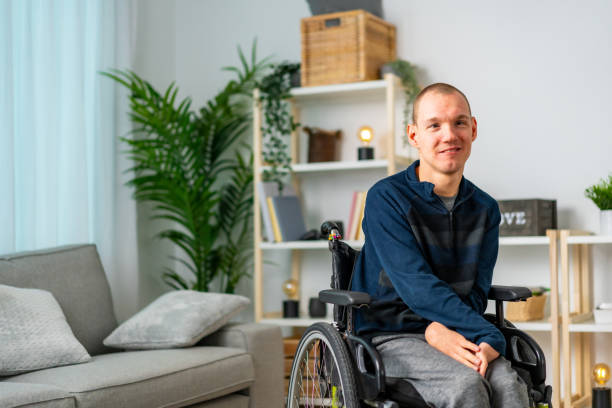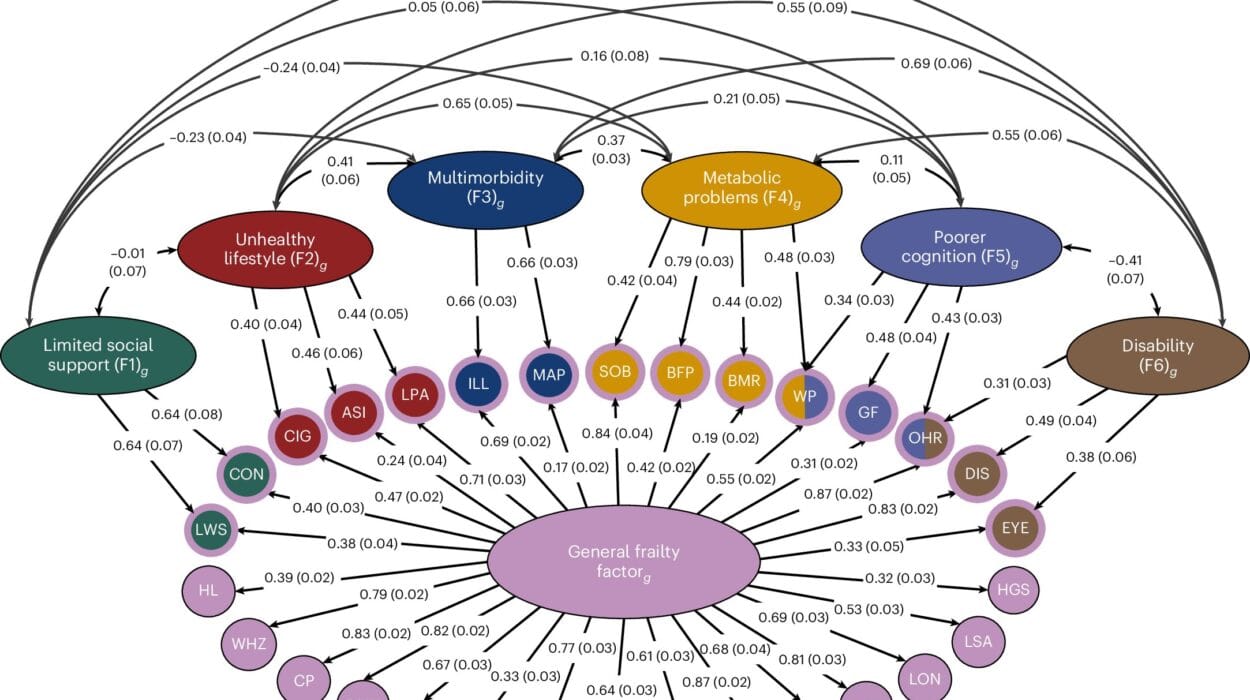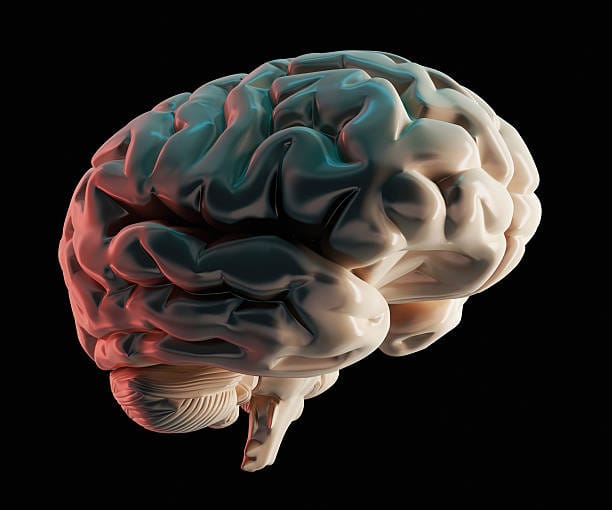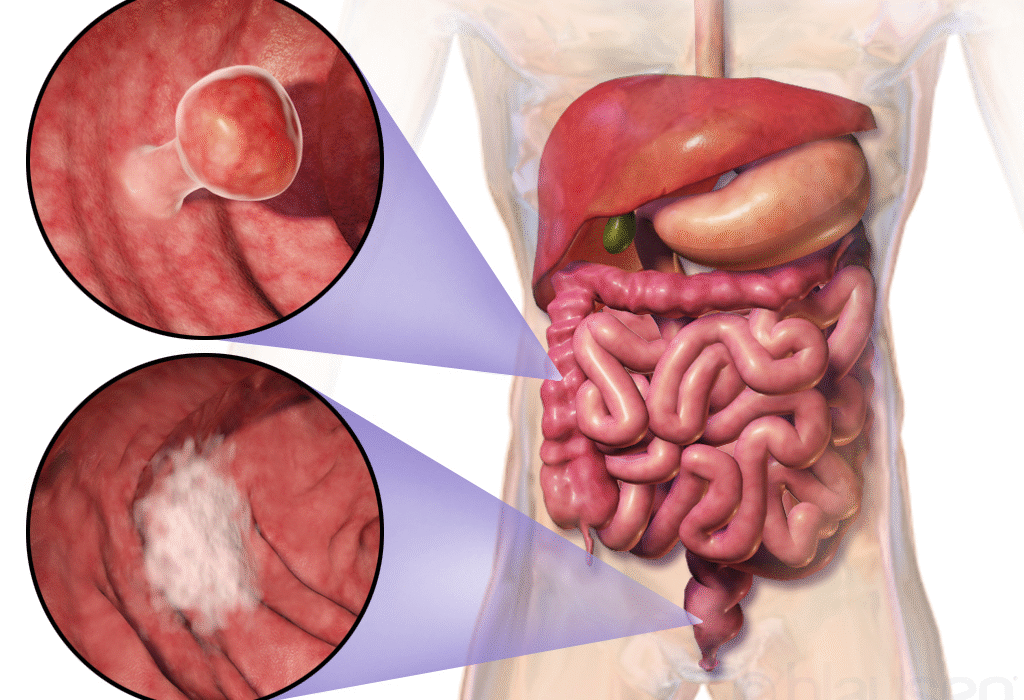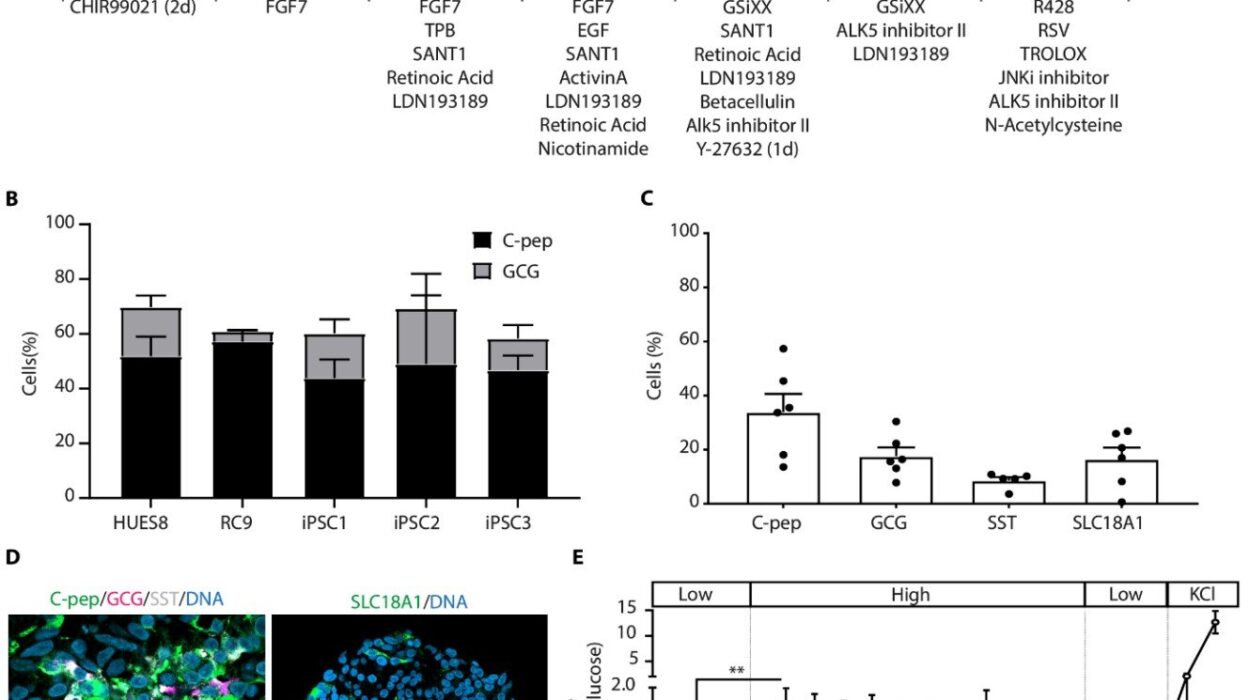Happiness, to most people, feels like a mysterious gift. It’s the rush you feel when you fall in love, the calm warmth after laughing with friends, or the quiet satisfaction of watching a sunset. We tend to think of happiness as a product of circumstances—a lucky day, a kind word, a piece of good news. But neuroscience paints a different picture. Your brain, not the outside world, is the primary architect of your happiness.
Every emotion you feel is the result of a symphony of electrical impulses and chemical messengers—neurotransmitters—that surge through your neural networks. The brain’s limbic system, particularly the amygdala, hippocampus, and prefrontal cortex, plays a central role in determining how you experience joy. And while certain genetic factors influence your emotional baseline, the most astonishing discovery of modern neuroscience is that you can actively rewire your brain for greater happiness.
This means happiness is not entirely a matter of luck or circumstance. It is a skill—a mental state you can cultivate, strengthen, and even “hack” once you understand the mechanics behind it.
Dopamine: The Spark of Anticipation
At the center of the brain’s reward system lies dopamine, a neurotransmitter often nicknamed the “feel-good chemical.” But this nickname is misleading. Dopamine doesn’t actually create happiness—it creates motivation. It’s the rush you feel when you’re about to reach a goal, when you anticipate a reward, when you think you’re on the verge of something exciting.
Dopamine originates in brain regions such as the ventral tegmental area (VTA) and travels to the nucleus accumbens and prefrontal cortex. Evolution shaped this system to push us toward survival-enhancing behaviors: finding food, building shelter, seeking companionship. In the modern world, it’s the reason we keep checking our phones, chase career milestones, or crave one more episode of a show we love.
But there’s a catch. Dopamine spikes when we anticipate reward, not necessarily when we receive it. This explains why chasing the next “big thing” often leaves us strangely empty once we have it. In a way, dopamine is the chemical embodiment of the saying, “It’s about the journey, not the destination.”
Understanding this mechanism is powerful. It means you can train your brain to derive motivation from small, meaningful steps instead of chasing monumental, life-altering wins. The brain loves progress—even tiny, steady progress.
Serotonin: The Calm Anchor
While dopamine pulls us forward into excitement, serotonin gives us the steady, enduring glow of contentment. It’s the neurotransmitter most closely linked with mood stability and a sense of well-being. Serotonin pathways stretch from the brainstem’s raphe nuclei to vast regions of the brain, influencing appetite, sleep, memory, and emotional regulation.
Low serotonin levels are strongly linked to depression, anxiety, and irritability. Selective serotonin reuptake inhibitors (SSRIs), a common class of antidepressants, work by increasing the availability of serotonin in the brain. But medication isn’t the only way to influence serotonin—exposure to sunlight, exercise, a balanced diet rich in tryptophan, and social connection can all help boost it naturally.
Serotonin doesn’t deliver the euphoric highs of dopamine. Instead, it’s the warm blanket of emotional stability. Without it, the spark of motivation quickly burns into anxiety or restlessness. With it, happiness has a solid foundation.
Oxytocin: The Social Glue
If dopamine is the spark and serotonin is the anchor, oxytocin is the glue that binds us to each other. Produced in the hypothalamus and released by the pituitary gland, oxytocin is sometimes called the “love hormone.” It surges during moments of intimacy—hugging a friend, holding a baby, making love. But its role goes far beyond romance.
Oxytocin helps us trust others, fosters empathy, and reduces fear responses. In evolutionary terms, it encouraged the formation of social bonds and cooperative groups, which increased our ancestors’ survival chances. Modern neuroscience shows that even simple acts of kindness—listening deeply to someone, making eye contact, offering genuine appreciation—can trigger oxytocin release.
The message is clear: humans are wired for connection, and without meaningful relationships, our happiness circuitry struggles to function. Loneliness, in fact, can be as harmful to health as smoking or obesity.
Endorphins: The Body’s Natural High
Endorphins are the brain’s built-in painkillers. These opioid-like molecules are released during physical exertion, stress, or even laughter, producing a sense of euphoria. The famous “runner’s high” is a flood of endorphins washing away physical discomfort and leaving a lingering glow.
Unlike dopamine, which is about anticipation, or serotonin, which is about stability, endorphins are immediate—short bursts of bliss in response to physical or emotional strain. They evolved as a survival tool, allowing our ancestors to push through injury or exhaustion in critical moments.
Modern life gives us gentler ways to tap into endorphin surges: exercise, dancing, listening to music, and even spicy food. They’re reminders that the body and mind are inseparable in the pursuit of happiness.
Neuroplasticity: Rewiring the Pathways of Joy
Perhaps the most revolutionary finding in neuroscience over the past few decades is the concept of neuroplasticity—the brain’s ability to reorganize itself by forming new neural connections. For centuries, scientists believed the adult brain was fixed, like a hardened clay sculpture. Now we know it’s more like a garden, constantly pruning and growing new branches in response to experience.
Neuroplasticity means you can train your brain to lean toward happiness. Repeated thoughts, feelings, and behaviors strengthen specific neural pathways. Negative thought loops—catastrophizing, self-criticism, constant worry—become entrenched through repetition, like deep grooves in a record. But by consciously practicing gratitude, mindfulness, and positive reframing, you can create new grooves, rewiring your brain toward optimism.
This is not instant magic. The brain changes through consistent effort, just as muscles grow with repeated exercise. But over time, these new pathways become the default routes your brain takes—turning happiness from a fleeting visitor into a more permanent resident.
The Stress Factor: Cortisol’s Double Edge
If happiness has chemical allies, it also has chemical saboteurs. Chief among them is cortisol, the primary stress hormone. Produced by the adrenal glands, cortisol plays an essential role in survival. In moments of danger, it floods the body with glucose, sharpens focus, and primes muscles for action.
In short bursts, cortisol is lifesaving. But in chronic doses, it’s toxic. Prolonged high cortisol levels can damage the hippocampus, impair memory, disrupt sleep, suppress the immune system, and contribute to depression and anxiety. Modern life—with its constant notifications, endless deadlines, and social comparison—keeps many of us in a low-grade state of cortisol overproduction.
Understanding cortisol’s role is a key part of hacking the brain for happiness. Techniques such as deep breathing, meditation, and slow, rhythmic exercise like yoga or tai chi can reduce cortisol levels, restoring balance to the brain’s emotional circuits.
Flow: The Peak of Human Experience
Beyond neurochemistry, there is a mental state that neuroscientists and psychologists alike recognize as one of the purest forms of happiness: flow. Coined by psychologist Mihaly Csikszentmihalyi, “flow” describes the experience of being fully absorbed in a task, where time seems to dissolve and self-consciousness fades.
In flow, dopamine and endorphin levels rise, but the real magic comes from the synchronization of brain waves, particularly the shift toward alpha and theta states associated with relaxed focus and creativity. Flow is not passive pleasure; it’s active immersion. Musicians, athletes, writers, scientists—all report this timeless state when skill and challenge meet in perfect balance.
Flow doesn’t just feel good—it strengthens neural connections, enhances learning, and builds resilience. In many ways, it’s the brain’s way of saying, “This is what you were made to do.”
Sleep: The Nightly Reset
Sleep is not a luxury—it’s the foundation on which emotional stability rests. During deep sleep, the brain consolidates memories, clears metabolic waste, and resets neurotransmitter systems. The amygdala, which processes emotional reactions, becomes less reactive after adequate rest. Without it, irritability rises, impulse control declines, and the brain’s ability to produce and regulate serotonin and dopamine falters.
Neuroscience reveals that even a single night of poor sleep can alter activity in the prefrontal cortex, reducing your ability to think clearly and regulate emotions. Chronic sleep deprivation is a direct enemy of happiness, as corrosive to mood as chronic stress.
Prioritizing high-quality sleep—regular schedules, dark rooms, reduced evening screen exposure—is not just self-care; it’s neurological maintenance.
Gratitude: The Quiet Powerhouse
Few practices have as much scientific backing for boosting happiness as gratitude. Functional MRI studies show that when people focus on things they’re thankful for, activity increases in the medial prefrontal cortex, an area linked to decision-making, emotional regulation, and social connection.
Gratitude shifts attention away from perceived scarcity toward abundance, dampening activity in the amygdala’s threat-detection circuits. Over time, this creates a more optimistic default mode for the brain, making positive emotions more accessible.
The beauty of gratitude is that it requires no equipment, no money, and no ideal conditions. It’s a mental lens you can choose at any moment.
Mindfulness and the Default Mode Network
Inside your brain, there’s a network of regions that lights up when your mind wanders: the default mode network (DMN). While the DMN is valuable for imagination and problem-solving, overactivity in this network—particularly when it turns toward self-criticism or rumination—is strongly linked to unhappiness.
Mindfulness meditation, now extensively studied in neuroscience, reduces DMN activity while strengthening connections in the prefrontal cortex. This makes it easier to stay present, respond to challenges calmly, and experience life without the constant hum of background worry.
Regular mindfulness practice has been shown to thicken the hippocampus, shrink the amygdala, and even lengthen telomeres—the protective caps on DNA—suggesting benefits for both mental health and longevity.
Hacking the Brain: The Science and the Art
When people hear “hacking your brain,” they often think of quick fixes. But the neuroscience of happiness teaches a deeper truth: hacking is not about tricking the brain—it’s about working with it. It’s aligning daily actions with the biology that underpins joy.
You can design your environment to encourage small dopamine wins, cultivate relationships to fuel oxytocin, seek sunlight and exercise for serotonin, and engage in creative challenges that trigger flow. You can protect your brain’s wiring with good sleep, calm it with mindfulness, and nourish it with gratitude.
Happiness is not a finish line you cross; it’s a landscape you cultivate. The more you tend to it, the more it blooms.
The Future of Happiness Research
Neuroscience is still in its early days of understanding happiness. New imaging technologies, from fMRI to real-time EEG mapping, are revealing the brain’s emotional circuitry in unprecedented detail. Researchers are exploring how neurofeedback, brain stimulation, and even targeted gene therapy could enhance mood regulation.
Yet, as exciting as these possibilities are, the most profound “brain hacks” may remain the simplest: connection, purpose, presence. Because while the machinery of happiness lives in the brain, the experience of it lives in the moments we choose to notice.
The Last Word: You Are the Architect
Your brain is not a fixed organ, doomed to repeat the same emotional scripts. It is a living, rewritable system, shaped by what you do, think, and feel each day. The neuroscience of happiness is not about denying life’s difficulties—it’s about building the neural resilience to face them without losing your light.
Happiness is not a gift you wait for. It’s a structure you build, neuron by neuron, thought by thought. And once you learn how the blueprint works, you hold the tools to shape it for the rest of your life.

